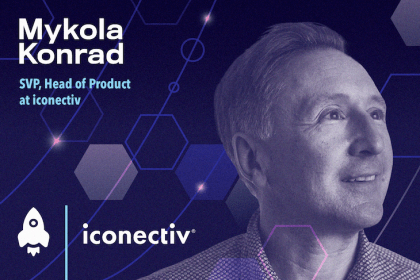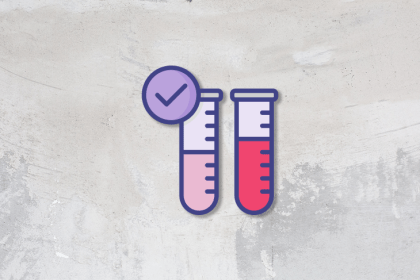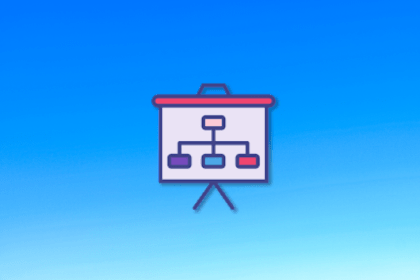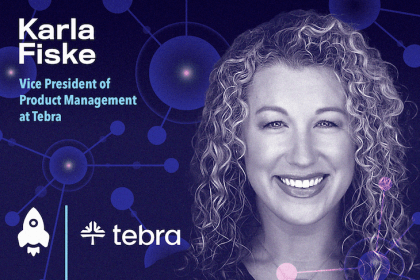
Social proof is the psychological mechanism that influences our decision making based solely on the feedback from others.

A business continuity plan outlines how to function when disaster strikes to ensure minimal downtime and guarantee that operations continue.

Mykola Konrad, SVP, Head of Product at iconectiv, shares his framework for thinking about product-market fit, especially when venturing into new customer segments.

If you call yourself a customer-centric company, your work should have one unwavering destination: creating value for your target customer.

Mike Ohanian shares insights into shifting a product strategy, how he blends qualitative and quantitative data, and how to increase awareness around product management.

Digital analytics is the practice of collecting and analyzing metrics that measure online engagement and activity.

Linear CEO Karri Saarinen made waves when he said his product teams “don’t do A/B tests.” While A/B testing can sometimes limit creative problem solving, it’s still a quick and inexpensive way to validate assumptions in many scenarios.

A simple and concise case study shows what your product or service did for your audience, or how your product improved someone’s life.

Karla Fiske is a self-proclaimed “bridge builder.” In our conversation, she explains how she leverages personal relationships to flatten the learning curve of starting a new job in a new industry.

Team velocity is a way of measuring productivity during an iteration to indicate the amount of work a team can accomplish.

Time before finding product-market fit can be tough — you’re trying to balance ramping up with finding what your customers really need.

Product design is the process of creating, improving, and maintaining products that solve customer and/or user needs.